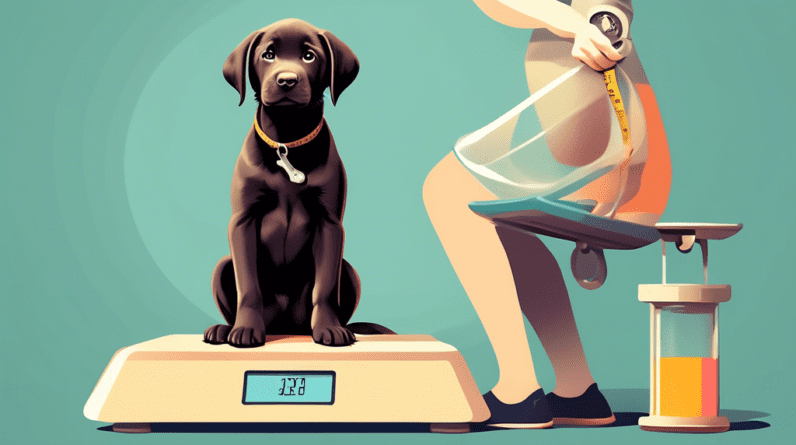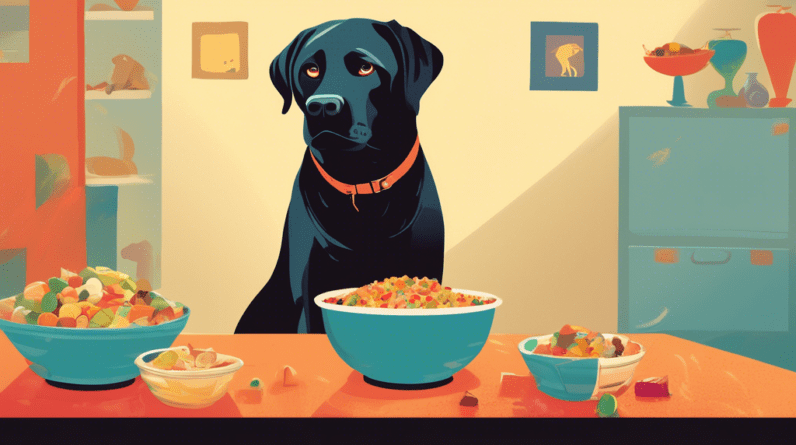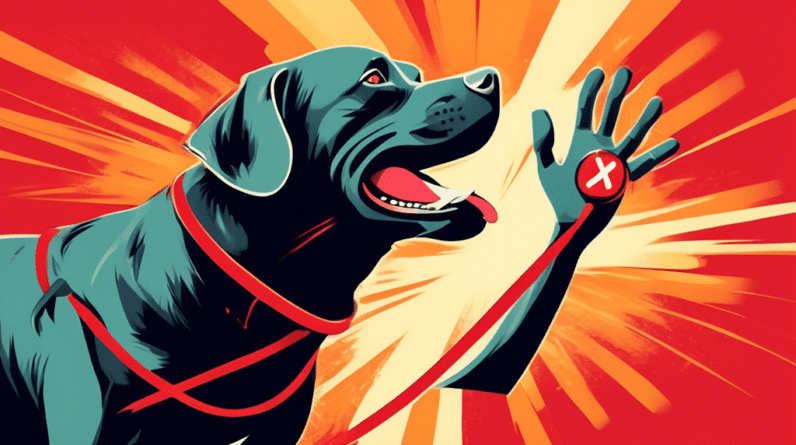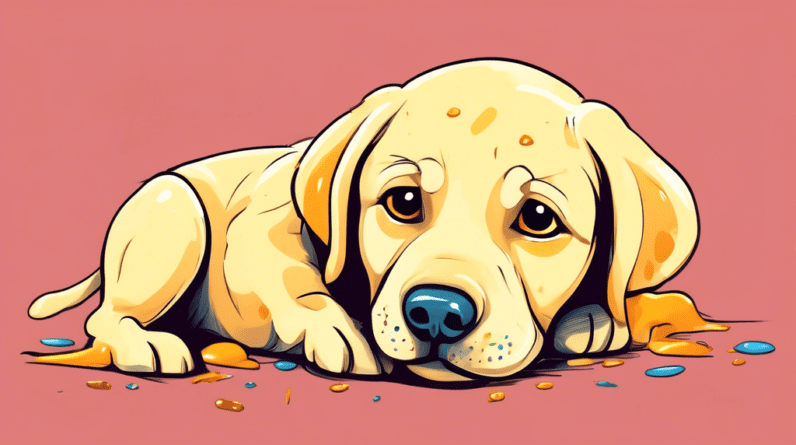
How Much Should a 10-Week-Old Labrador Puppy Weigh?
Bringing home a Labrador Retriever puppy is an exciting time, filled with boundless energy, playful antics, and plenty of puppy cuddles. As your furry bundle of joy grows, you might find yourself wondering, Is my 10-week-old Labrador puppy the right weight? This comprehensive guide will delve into the world of Labrador puppy weight, focusing on what to expect at 10 weeks old and beyond. We’ll cover growth charts, factors affecting weight, and tips for ensuring healthy development.
Understanding Labrador Puppy Growth
Labrador Retrievers, originally bred as working dogs in Newfoundland, are a medium to large breed known for their intelligence, friendly nature, and love of retrieving. Just like human babies, Labrador puppies grow at an astonishing rate, especially during the first year. Their weight fluctuates significantly throughout this period, making it essential to monitor their growth closely without becoming overly concerned about minor variations.
Average Weight of a 10-Week-Old Labrador Puppy
At 10 weeks old, a Labrador puppy is typically entering a significant growth spurt. While there’s no one-size-fits-all answer, the average weight of a 10-week-old Labrador puppy falls between:
- Males: 15 to 23 pounds (6.8 to 10.4 kilograms)
- Females: 14 to 21 pounds (6.3 to 9.5 kilograms)
Remember, these are just averages. Several factors contribute to individual variations in weight:
Factors Influencing Your Labrador Puppy’s Weight
Several key elements play a role in your Labrador puppy’s weight at 10 weeks and throughout their growth journey:
1. Genetics:
Just like in humans, genetics lay the foundation for a puppy’s size and growth potential. Puppies inherit their size genes from their parents and lineage. Larger parents are more likely to produce larger puppies, while smaller parents tend to have smaller offspring. If you have access to information about the puppy’s parents or even grandparents, it can provide insights into their expected adult size and guide your weight expectations.
2. Gender:
Male Labrador Retrievers tend to be slightly larger than females, even at a young age. While individual variations exist, on average, you can anticipate a male puppy to weigh a bit more than a female puppy of the same age and breeding. This difference in size usually becomes more pronounced as they mature.
3. Diet and Nutrition:
Providing your Labrador puppy with a high-quality, balanced diet specifically formulated for growing puppies is crucial for their overall health and development, including weight gain. Puppy food contains higher levels of essential nutrients, such as protein, calories, and calcium, compared to adult dog food. These nutrients support the rapid cell growth and development occurring during puppyhood.
Avoid feeding your puppy adult dog food, as it lacks the necessary nutrients and can hinder their growth. Consult with your veterinarian to determine the appropriate type and amount of food for your puppy’s age, breed, and activity level. Overfeeding can lead to excessive weight gain, while underfeeding can result in nutritional deficiencies.
4. Litter Size:
Believe it or not, the size of the litter your puppy comes from can also influence their weight. Puppies from larger litters may weigh slightly less in the early weeks compared to those from smaller litters. This difference often stems from competition for resources, such as food and nursing, within the litter. In larger litters, puppies might not receive the same individual attention and nutrition as those in smaller groups, potentially affecting their initial growth.
5. Health Conditions:
Certain underlying health conditions can impact a puppy’s growth rate and overall weight. Parasites, for instance, can sap essential nutrients and hinder growth. Regular veterinary check-ups, including fecal examinations and deworming, are crucial to detect and address any potential health issues early on. If you observe significant weight loss, slow growth, or any other concerning symptoms, consult with your veterinarian promptly.
Monitoring Your Labrador Puppy’s Growth
While knowing the average weight for a 10-week-old Labrador puppy is helpful, monitoring your puppy’s individual growth trajectory is essential. Here’s how to keep track and ensure they’re on the right path:
1. Regular Weigh-Ins:
Invest in a pet scale or utilize one at your veterinarian’s office to weigh your puppy regularly. Aim for weekly weigh-ins during the first few months, as puppies grow rapidly during this time. Record their weight in a journal or smartphone app to track their progress over time. Regular weigh-ins allow you to identify any sudden or significant changes in weight that might require attention.
2. Body Condition Scoring:
Feeling your puppy’s body is just as important as weighing them. Body condition scoring involves assessing your puppy’s physical appearance and feeling their ribs to determine if they’re at a healthy weight. Ideally, you should be able to feel their ribs with a slight layer of fat covering them. Their waist should be visible when viewed from above, and their abdomen should be tucked up behind their rib cage. Your veterinarian can guide you on proper body condition scoring techniques and provide feedback on your puppy’s condition.
3. Growth Charts:
Your veterinarian can provide you with breed-specific growth charts for Labrador Retrievers. These charts offer visual representations of the average growth curve for male and female Labrador puppies. While they shouldn’t be interpreted as strict guidelines, they provide a helpful reference point for understanding your puppy’s growth in relation to the breed standard.
Feeding Your 10-Week-Old Labrador Puppy
Proper nutrition is paramount for your 10-week-old Labrador puppy’s growth and development. Here are key feeding guidelines:
1. Choose a High-Quality Puppy Food:
Select a premium-quality puppy food that lists a named meat source, such as chicken, fish, or lamb, as the first ingredient. Avoid foods with artificial colors, flavors, and preservatives. Look for foods that meet the nutritional levels established by the Association of American Feed Control Officials (AAFCO).
2. Follow Feeding Guidelines:
Consult the feeding guide on the back of the puppy food bag for recommended serving sizes. Keep in mind that these guidelines offer a starting point, and your puppy’s individual needs may vary. Factors like activity level, metabolism, and age can influence food intake. Monitor your puppy’s body condition and adjust portions as needed. It’s always a good idea to discuss your puppy’s feeding regimen with your veterinarian to ensure they’re receiving the appropriate amount of food for their individual needs.
3. Establish a Consistent Feeding Schedule:
Create a regular feeding routine for your puppy. At 10 weeks old, most Labrador puppies thrive on three meals per day. Divide their daily food allowance into equal portions and offer them at roughly the same time each day. This consistency helps regulate their digestion and can make potty training a bit easier. Avoid free-feeding, which is leaving food out all day, as it can lead to overeating and make it challenging to monitor their food intake accurately.
4. Fresh Water Always:
Ensure your puppy has access to fresh, clean water at all times. Proper hydration is essential for their overall health and well-being, especially during growth spurts. Place water bowls in easily accessible locations and change the water frequently throughout the day.
Addressing Weight Concerns
If you have any concerns about your 10-week-old Labrador puppy’s weight, whether they seem overweight or underweight, it’s crucial to consult with your veterinarian. They can assess your puppy’s overall health, growth, and diet to determine if any adjustments are necessary.
When to Consult Your Veterinarian
While monitoring your Labrador puppy’s weight and growth at home is essential, certain situations warrant a visit to the veterinarian. Contact your vet promptly if you notice any of the following:
- Sudden or significant weight loss
- Failure to gain weight appropriately
- Lethargy or lack of energy
- Loss of appetite
- Vomiting or diarrhea
- Distended abdomen
- Pain or discomfort
Early detection and intervention are key to addressing any underlying health concerns and ensuring your furry companion lives a long and healthy life.
Conclusion
Raising a Labrador Retriever puppy is an incredibly rewarding experience, filled with joy, love, and a few muddy paw prints along the way. Understanding the average weight of a 10-week-old Labrador puppy, the factors influencing their growth, and how to monitor their progress allows you to provide the best possible care for your furry companion. Remember, each puppy is unique, and variations in weight are normal. Focus on providing a loving, supportive environment, a balanced diet, regular exercise, and plenty of socialization, and your Labrador puppy will thrive throughout their puppyhood and beyond.






